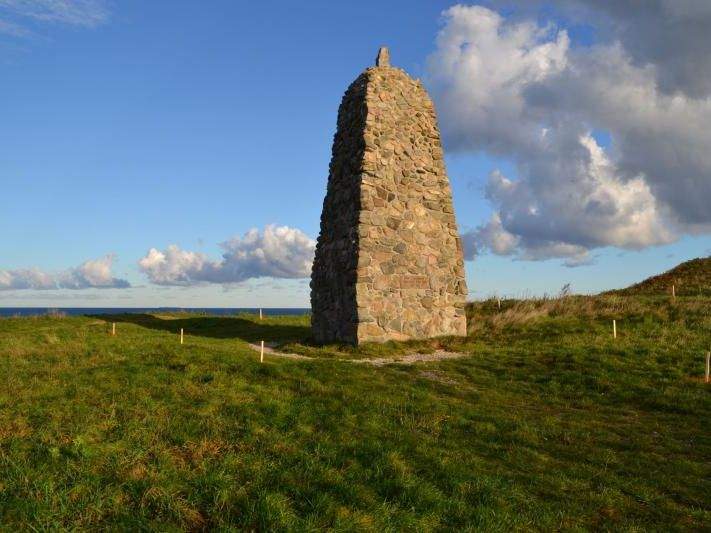THE HOUSE OF KNUD RASMUSSEN
The house was built in 1917. Rather than being a traditional summer residence for the family, the house came to be a place for Knud to immerse himself in his work away from the bustle and social commitments of the capitol.
The House
In 1939 Knud’s widow, Dagmar Rasmussen, handed over the grounds and the house with all its contents to Torup Parish. Shortly thereafter it was opened to the public and has been so ever since.
Helge Bojsen-Møller was the architect, and in drawing up the blueprints for the house he was inspired by the English “cottage style” of the day. Apart from being a renowned architect in Denmark, he had also been at the head of a number of building projects in Greenland. He was an obvious choice for the task.
Some years following the building of the main house an annex was added. This became Knud’s private study and was later connected to the main house via a long corridor.
Open from Easter to the Autum Vacation (Always 42th Week)
Opening hours
Tuesday-Sunday: 11 a.m to 4 p.m.
Monday closed.
Holidays and other special open hours
Open Ascension Day 2nd Pentecost and the Danish Constitution Day 5t of June.
Admission
Adult: 75 DKK
Children under 18: Free
The House of Knud Rasmussen will help to uncover issues of identity and identity creation in connection with migration. Seven different European countries are participating in the project, six cultural history museums and one university. In Denmark, the focus is on Greenlanders living in Denmark and the encounters and experiences, the meeting between two cultures can bring.



